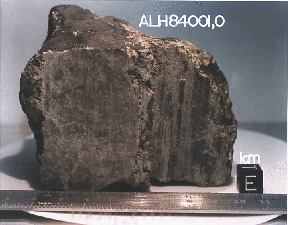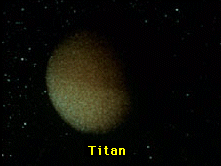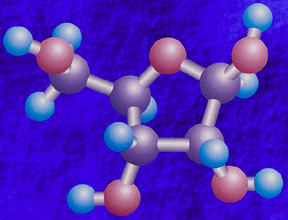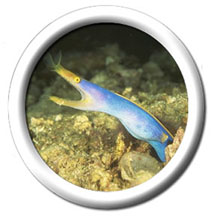This eel is colorful, but still looks scary!
Click on image for full size
Windows Original, adapted from Corel Photography
Eels
An eel is a long, thin creature that looks like a snake in the ocean! Eels range from a few inches to 6 feet in length. Many are very colorful and sometimes scary! Most eels live near corals where there are plenty of fish for food.
The Mosaic Moray is probably the ugliest looking of all the eels. It has a very dark, creepy, patterned skin and sharp pointy teeth. But divers should not be worried--the Mosaic's appearance is merely for defense. This eel is very unique, because it prefers octopus and other cephalopods over fish.
Some eels, can be hand fed by some divers. But this can be very dangerous, because the eels can't tell the difference between the diver's hand and the fish they are providing! Fish lovers should also be aware that most eels are poisonous, and should not be eaten for dinner!
You might also be interested in:

Jupiter's atmospheric environment is one of strong gravity, high pressure, strong winds, from 225 miles per hour to 1000 miles per hour, and cold temperatures of -270 degrees to +32 degrees (freezing temperature).
...more
In July, 1996, it was announced that Dr. David McKay, along with a team of scientists at Johnson Space Center (a division of NASA), had discovered possible fossils of bacteria in a meteorite named ALH84
...more
Saturn's atmospheric environment is one of strong gravity, high pressure, strong winds, from 225 miles per hour to 1000 miles per hour, and cold temperatures of -270 degrees to +80 degrees. With winds
...more
Titan's atmosphere is a lot like the Earth's, except that it is very cold, from -330 degrees to -290 degrees! Like the Earth, there is a lot of Nitrogen and other complex molecules. There also may be an
...more
Autotrophs are organisms that can "make their own food" from an inorganic source of carbon (carbon dioxide) given a source of energy. Most autotrophs use sunlight in the process of photosynthesis to make
...more
In the warm primordial ocean, aggregates of amino acids, proteins, and other hydrocarbons came together into a form called *coacervates*. Amino acids will spontaneously form coacervates in the same way
...more
Over a very long time, gradual changes in the earliest cells gave rise to new life forms. These new cells were very different from the earlier heterotrophs because they were able to get their energy from
...more














